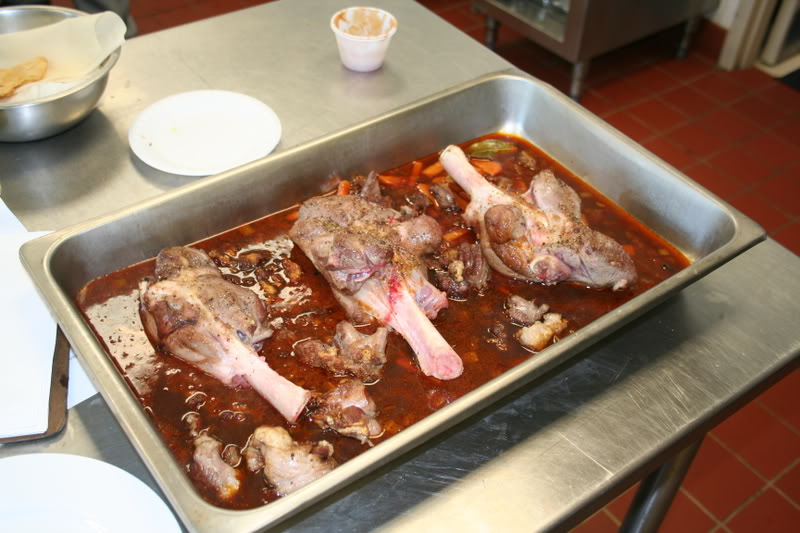The meat will brown without searing, but you won't get the same flavor created by the Maillard reaction. You also won't get the same flavor in your braising jus. Searing will not toughen the meat, hence the braise.
If you cover the pot with a well fitting lid, you will not develop and concentrate the flavors in the braising liquid, unless of course you remove the meat later and reduce the sauce on it's own. You could also do that but it's an extra step, and you lose the concentration of flavor at the liquid's surface which occurs during the evaporation. An exception to this is if you're doing a low and slow braise in the oven, in which case there would be much more evaporation than if you were doing a shorter braise on the stove top. I do most of my braises on the stove. Maybe you're referring more to braising in the oven.
Read pages 162-63 in "On Food and Cooking", and pages 186 and 190 in "The French Laundry Cookbook" for more detail on this. Bottom line though is that there are many techniques for braising. However, some things like browning the meat before the braise is paramount if you want to develop a deeper flavor.
agree with most of what you say, however, have the following observations. For me, braising is done in a covered pan, in a low oven, over one to two hours, using tougher cuts of meat, on the bone, or at least, in one chunk. The pan needs heat from all sides. In India, although an oven as we know it is not known, when braising, (called korma in Hindi) hot coals (charcoal/wood embers) are put on the lid, so giving an all round heat. This may well be to raise the temperature of the steam above the cooking liquid, and helping the Maillard reaction continue more rapidly.
The flavour comes from a reaction between the meat and carbohydrate (either from the vegetables or that dusting of flour). Searing is more likely to produce different flavours, from pyrolysis, as in cooking a steak. And any meat heated at a high temperature will shrink and toughen, the extent depends on the time and temperature. The reason for the braise is to cook long and slow (low temperature) thus lessening the likelihood of toughening, and to help break down the connective tissue to gelatin. If you do the braising properly, and for long enough, the flavours will develop.
I do not consider stove top cooking can produce a braised dish, maybe that is where we differ? A short braise is a contradiction, IMHO.

I don't have access to the books you mention, but glancng at what I could on Amazon on the 'French Laundry Cookbook' I noticed on page two the following:
" ...the process of braising and the amazing aroma of floured meat in hot oil, is incomparable....." he goes on to mention taking the pot out of the oven, and his comments on short cuts are pertinent, I feel.
Looks like a good book, I'll get a copy, thanks for that. I am interested in his comment about, if one is a good cook, one can go back in time, wow, a very powerful sentiment, and one I can empathize with, even if I'm not a good cook. I cook a lot of Indian food (real stuff, not modern rubbish) and the best flavours are always those from simple recipes (or ones stripped of modern corruption). Maybe its time for all of us to go back to basics?



